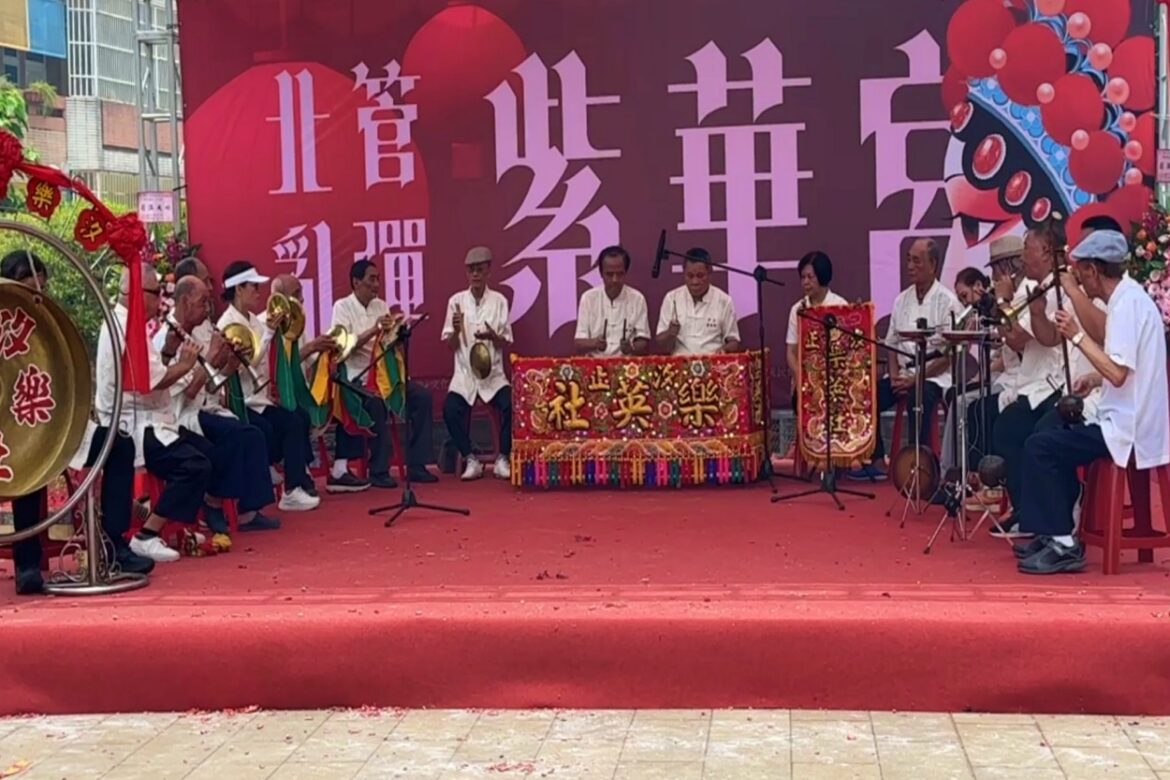The 2025 Keelung Beiguan Arts Festival (北管藝術節) kicked off vibrantly on June 29, 2025, organized by the Traditional Folk Culture Association of the Republic of China. Featuring a colorful street parade, Beiguan opera, Taiwanese Opera, glove puppetry, and diabolo shows, as well as other traditional folklore performances, offering a comprehensive celebration of the enduring charm and lively energy of Beiguan arts.
For more interesting images, watch the following video about the “2025 Beiguan Arts Festival in Keelung, Taiwan.”
The morning session began with a parade starting at the iconic Keelung Zhengbin Fishing Harbour Colourful House and making its way through the streets of Heping Island. The parade culminated in the performances at the Tianhou Temple. There, local Beiguan groups and art teams from various civic organizations and schools took turns performing on stage. These performances showcased the successful integration of Beiguan music into schools and communities, blending tradition with innovation in a festive setting.
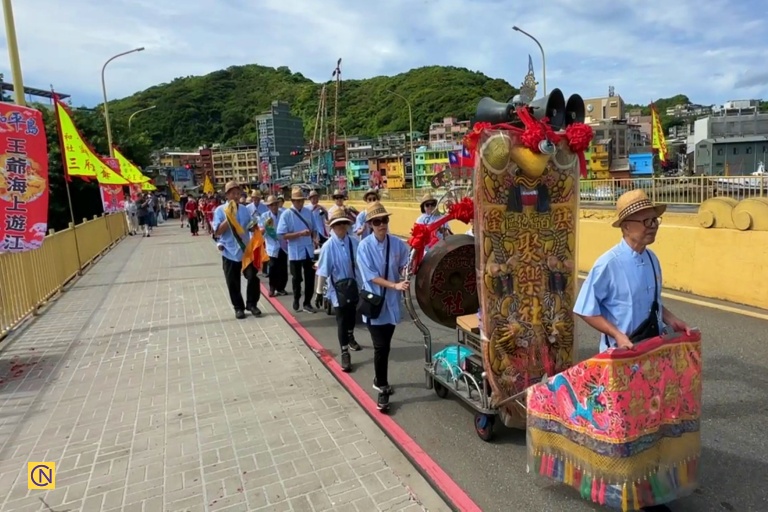
The grand finale unfolded during the evening session, as local performers presented the classic Beiguan Luantan opera (亂彈戲) “Zihua Temple — Xue Rengui Came Home.” Accompanied by glove puppetry and Taiwanese opera, the performance offered a rich, multisensory experience rooted in traditional theater. The highlight of the night was the personal appearance of Association President Hsieh Chih-Feng, who portrayed Xue Rengui with remarkable skill. His powerful singing and acting earned thunderous applause, marking one of the most unforgettable moments of this year’s festival.
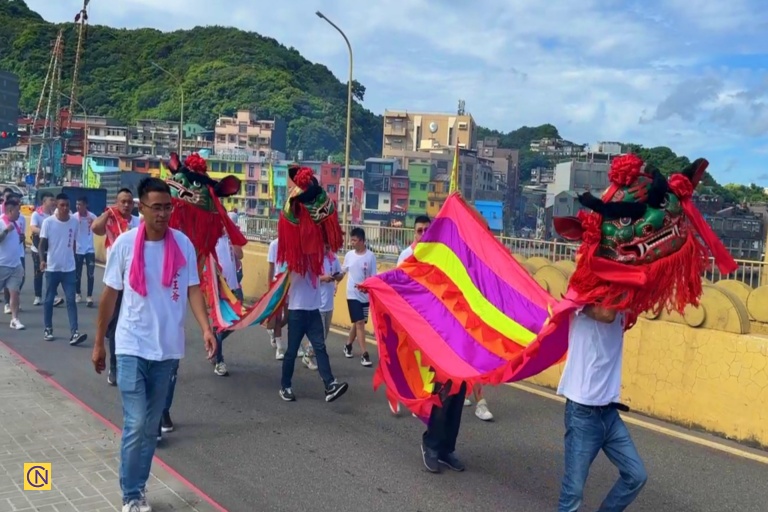
The charm and meaning of Beiguan arts
Beiguan (北管, meaning “northern pipes”) is one of Taiwan’s most iconic forms of traditional music and opera. Rooted in Chinese opera culture during the Qing dynasty, it later spread to Taiwanese society and gradually evolved into a distinct part of Taiwan’s folk heritage. Among its various branches, Luantan (亂彈) opera is a notable component of Beiguan theater. Renowned for its powerful melodies, lively rhythms, and expressive colloquial singing, Luantan is both entertaining and highly communicative. It is often performed during temple festivals and religious rituals, earning Beiguan the nickname “the opera of the gods.”
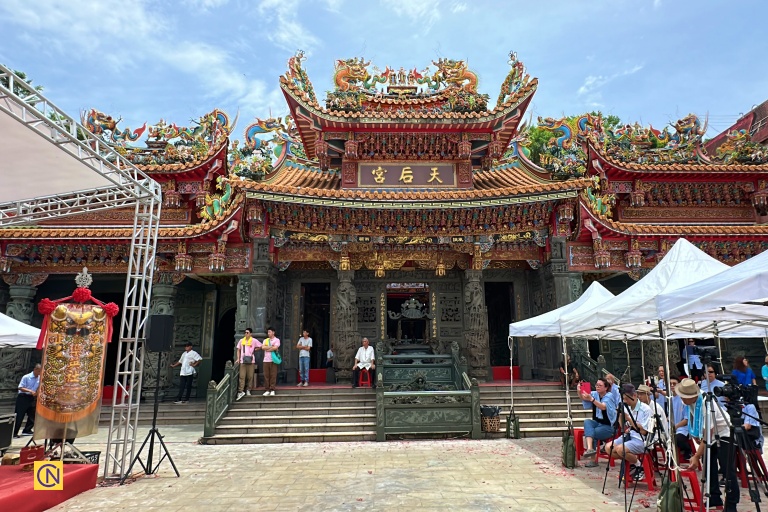
A typical Beiguan Arts festival ensemble consists of two main sections: the Wenchang (civil section), which features melodic instruments such as the suona, huqin, and flute to express emotion and narrative; and the Wuchang (martial section), composed of gongs, cymbals, and drums that drive the rhythm with dramatic intensity. Whether performed as instrumental music or as accompaniment to traditional operatic performances, Beiguan provides a rich sensory experience and continues to serve as an essential part of Taiwan’s grassroots cultural heritage.
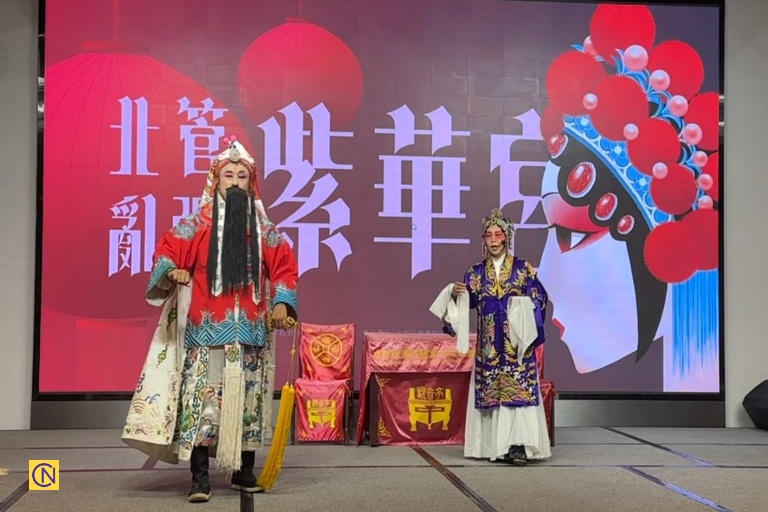
Beiguan’s deep roots in Keelung
Beiguan has a history spanning over 120 years in Keelung. It was introduced from Yilan during the Daoguang reign of the Qing Dynasty and gradually developed into two major local schools: the Xipi faction (西皮派) led by Deyi Tang (得義堂), and the Fulou faction (福祿派) represented by Jule She (聚樂社). These groups often engaged in friendly rivalry, enriching Keelung’s religious and cultural life.
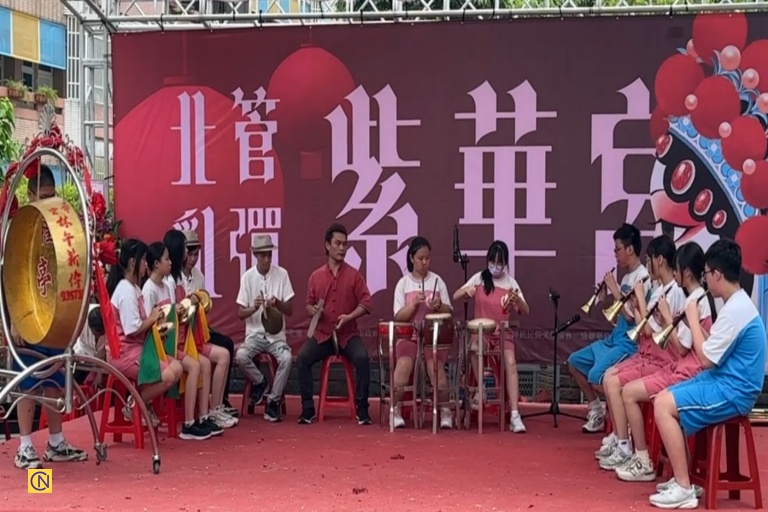
Beiguan music continues to play a vital role in Keelung’s temple fairs and religious festivals, particularly during the annual Keelung Ghost Festival (Zhongyuan Festival), where its performances remain a centerpiece. In recognition of its cultural significance, the Keelung City Government officially designated Beiguan music as an Intangible Cultural Heritage in 2019, underscoring its importance to the city’s identity and traditions.
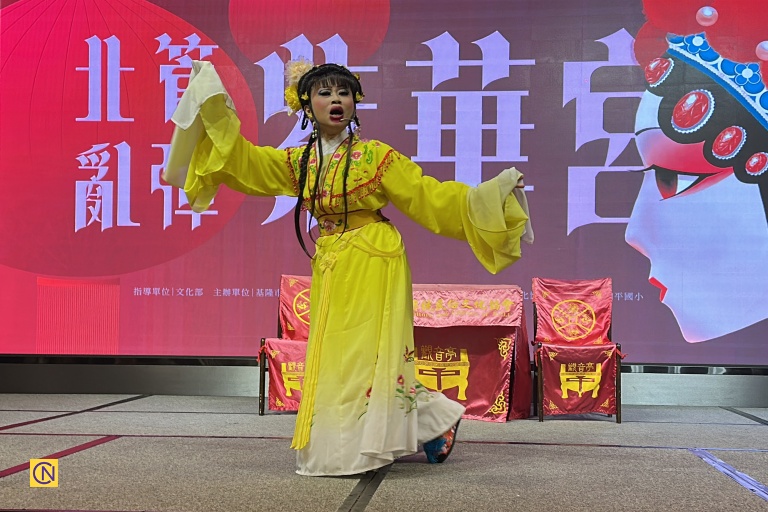
Reviving and sustaining tradition
Thanks to the dedicated efforts of the ROC Traditional Folk Culture Association, Beiguan music has been introduced to various schools and communities across Keelung over the years, helping to foster intergenerational transmission. Notably, the association’s organization of the Beiguan Arts Festival has brought this traditional art form from temple courtyards to urban stages, allowing a broader audience to experience and appreciate this treasured element of Taiwanese culture.
Today, Beiguan continues to serve its original religious and social roles while also evolving through education, performance, and innovation. In the coastal city of Keelung, this ancient art form is taking on new life — its distinctive rhythms and melodies echoing into the present, connecting the past with the future, and ensuring that the voice of the land remains vibrantly alive.
Follow us on X, Facebook, or Pinterest

